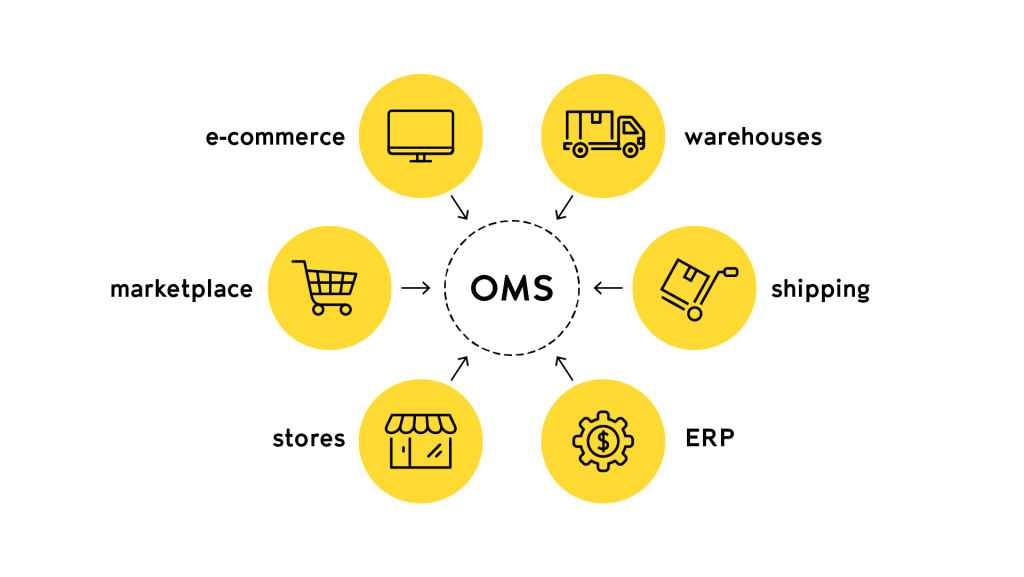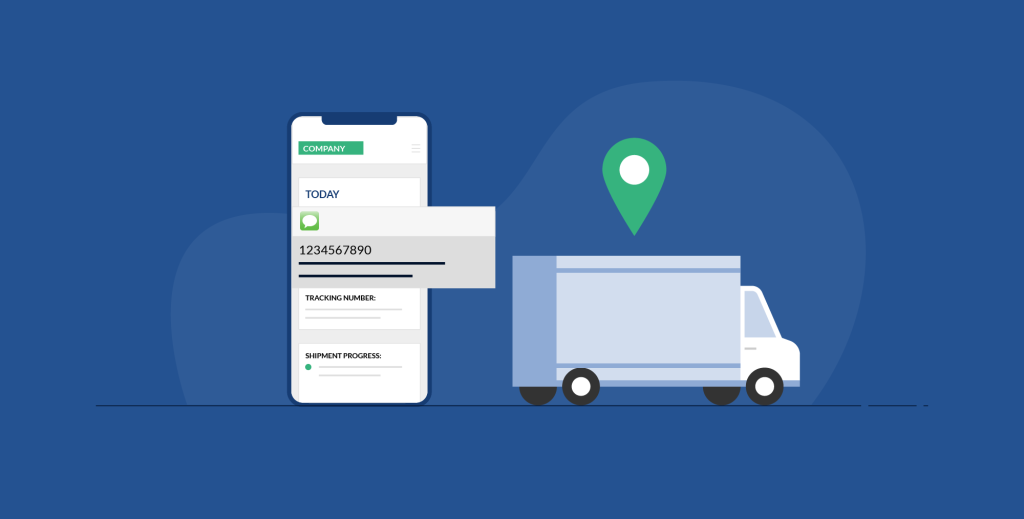What is OMS Tracking and How Does It Work?
In the world of e-commerce and logistics, managing orders efficiently is crucial to providing an excellent customer experience. One of the essential systems businesses use to manage orders is the Order Management System (OMS). However, an often overlooked aspect of OMS is OMS Tracking, which plays a significant role in ensuring that every order is processed correctly, tracked, and delivered. In this post, we’ll dive into what OMS tracking is, how it works, and why it’s essential for modern businesses.

What is OMS Tracking?
OMS Tracking refers to the tracking feature integrated within an Order Management System (OMS) that allows businesses to monitor and manage customer orders throughout the fulfillment process. An OMS is designed to oversee the entire lifecycle of an order, from order placement to shipment and final delivery. OMS tracking adds another layer of visibility by providing real-time data and updates on the status of each order, enabling businesses to track shipments, update customers, and resolve issues more efficiently.

How Does OMS Tracking Work?
OMS tracking integrates multiple data points from various systems to comprehensively view an order’s journey. The system uses a combination of tracking numbers, shipment statuses, and other logistical data to track the order’s progress. Here’s how it typically works:
- Order Placement:
- The OMS captures order details when a customer places an order, including product information, shipping address, and payment status. This information is entered into the system, setting the groundwork for all further tracking.
- Order Processing:
- After placing the order, the OMS coordinates with inventory management systems to check stock levels and initiate the fulfillment process. Once the products are picked and packed, the system will assign a tracking number to the order.
- Shipment Tracking:
- Once the order is shipped, the OMS system syncs with third-party carriers (like FedEx, UPS, or DHL) to retrieve tracking information. This information is updated in real-time within the OMS, allowing both the business and the customer to view the shipment’s current status.

- Real-Time Updates:
- As the order progresses through its journey—from the warehouse to the customer’s doorstep—OMS tracking provides real-time updates, including shipment delays, customs clearance status, and expected delivery times.
- Delivery Confirmation:
- Once the shipment is delivered, the OMS updates the order status to “Delivered” and notifies the business and the customer. If there are any delivery issues, such as failed delivery attempts or missing items, OMS tracking can flag these issues for immediate resolution.
- Post-Delivery Management:
- OMS tracking also helps with post-delivery activities like returns or exchanges. The system can track if a customer initiates a return and manage the return process effectively.
Why is OMS Tracking Important?
- Improved Customer Experience:
- One of the most significant benefits of OMS tracking is improving the customer experience. Customers want to know the status of their orders in real-time, and OMS tracking ensures that businesses can offer timely updates. This transparency boosts customer satisfaction and trust.

- Reduced Operational Errors:
- With a centralized tracking system, companies can reduce errors that occur during the order fulfillment process. OMS tracking helps identify delays, misdeliveries, or inventory discrepancies early, allowing businesses to address them proactively.
- Better Inventory Management:
- By keeping track of each order’s progress, OMS tracking provides valuable data on product movement. This allows businesses to manage inventory more efficiently, ensuring they are neither overstocked nor running out of key products.
- Enhanced Communication:
- OMS tracking ensures that companies can keep customers informed about their order status at every stage of the delivery process. Automated notifications, such as “order shipped” or “out for delivery,” help maintain clear communication with customers and reduce their need to contact customer service.
- Cost Savings:
- By improving tracking accuracy, OMS systems help businesses avoid costly mistakes such as incorrect shipments, delayed deliveries, or lost products. This reduces operational costs and minimizes the need for refunds or compensation.

- Better Analytics and Reporting:
- OMS tracking systems collect valuable data that can be analyzed to improve operational efficiency. Businesses can track delivery times, identify bottlenecks, and optimize their fulfillment processes based on real-time data.
Conclusion
OMS tracking is critical for businesses aiming to enhance their order fulfillment processes, improve customer satisfaction, and optimize their supply chain. By integrating OMS tracking into your operations, you can streamline the entire order journey, from placement to delivery, and gain valuable insights into your inventory and logistics performance. Whether you’re a small business or a large enterprise, investing in a robust OMS tracking system is essential to achieving operational efficiency and maintaining a competitive edge.
Happy Tracking!
Industry Insights
news via inbox
Nulla turp dis cursus. Integer liberos euismod pretium faucibua








